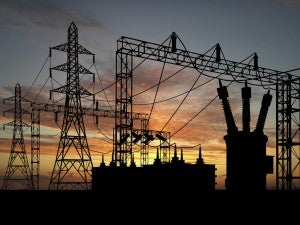 On Monday, Google announced it is spending $3.2 billion to buy Nest Labs, the trailblazing company funded through its Google Ventures program and responsible for transforming “unloved” home products into beautiful, smart appliances. That’s a lot of money for a business with only two products: a thermostat and a smoke detector. Nest is not exactly reinventing the wheel, right? Well, actually they are.
On Monday, Google announced it is spending $3.2 billion to buy Nest Labs, the trailblazing company funded through its Google Ventures program and responsible for transforming “unloved” home products into beautiful, smart appliances. That’s a lot of money for a business with only two products: a thermostat and a smoke detector. Nest is not exactly reinventing the wheel, right? Well, actually they are.
Welcome to the Smart Home
Google’s move is a starting shot in the race to become the go-to smart home provider, putting in place stepping stones to realizing a future in which our homes will become one ecosystem – integrated and functioning as a whole. Customers are looking for smart appliances that can notify you when they are wasting energy or not performing properly. Plus, these innovative technologies provide customers with more opportunities to engage with and benefit from other cost- and energy-saving solutions, like demand response, rooftop solar power and electric vehicles. This puts customers in the driver seat, giving them insight and control over their daily lives in ways never before imagined (even if just to use automated, “set-it-and-forget-it” functionality).
The Nest thermostat learns household behaviors and habits and sets temperatures at the optimal comfort and energy-saving level accordingly. Nest also enables residents to control their electricity remotely and provides the interface needed to participate in demand response, an energy management program that rewards participants for conserving energy during peak, or “rush hour,” times on the electric grid. Read More














